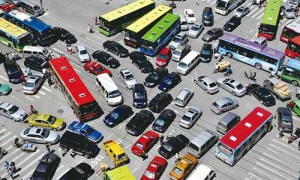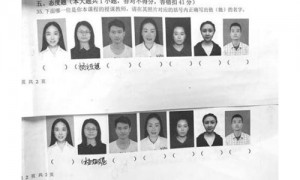The report by the think tank affiliated to the Chinese Academy of Social Sciences said the population density of the new area should not be too high with an initial population of about 1 million and a long-term limit of 5 million.
The report said Xiongan will primarily serve as a new home for Beijing's "non-capital" functions, while driving the development of neighboring Hebei Province. With this primary goal, the new area should avoid a surge in population and sidestep the "big city disease" that Beijing is suffering now, the report noted.
The think tank was set up last year to look at the integrated growth of Beiing, Tianjin and Hebei.
The new area will be built in several stages. In the first stage, an area of 100 square kilometers will be developed, with 200 sq kms to be developed in the middle stage and 2,000 sq kms in the long term.
In the long term, its population density will be 2,500 people per sq km, lower than Shenzhen special economic zone, Shanghai Pudong new area and Tianjin Binhai new area. In 2015, there were 5,713 people per sq km in Shenzhen, 3,809 in Shanghai, and 1,323 in Beijing.
China announced plans to establish the Xiongan New Area in April. It covers Hebei's Xiongxian, Rongcheng and Anxin counties with a total area of 1,577 sq kms. Currently there are 380,000 people in Xiongxian, 390,000 in Rongcheng and 260,000 in Anxin.
In the initial stage, most of the development will occur near beaches and on agricultural land some distance from all three county seats. The initial 1 million residents are expected to mainly come from higher education institutions, research institutions, administrative institutions and corporate headquarters that move from Beijing.
Xiongan will also recruit talents from across the world to help its development.
To house people moving from Beijing, Xiongan will provided public rental housing or encourage these institutions to build apartments for their employees.
Xiongan will focus on development of high-end industries in the future and develop a smart and green city.
The current urban and rural population in the three counties will mainly engage in the service industry in the future or may enter employment which demands less complicated skills.







